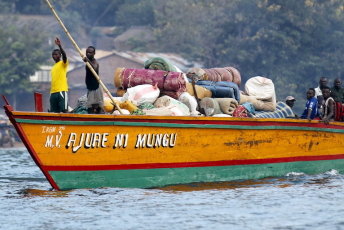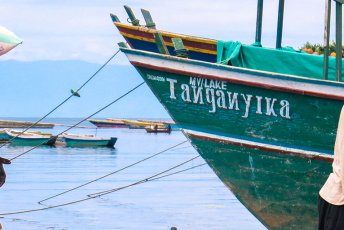The outbreak of COVID-19 and its global impact has thrust the illegal wildlife trade into the spotlight. The fact that scientists placed the origin of the disease at a meat market in Wuhan, China, has further highlighted the country’s taste for wildlife and resulted in calls to end the illegal wildlife trade.
In a move that surprised many in February 2020, China’s Parliament made a decision to ban the consumption of wildlife and shut down meat markets. While conservationists were celebrating the news, the Chinese government upgraded pangolins’ protection status to Class 1 – the highest level of protection, which pandas also fall under.
The government also announced the removal of pangolin scales from the country’s official list of ingredients approved for use in traditional Chinese medicine (TCM). While this no doubt comes as great news in the fight against the illegal wildlife trade, there was a notable caveat. Despite the ban on wildlife species for consumption, many species can still be used for other purposes, such as traditional medicine, ornaments and pets.
A few weeks after removing pangolin scales from the traditional medicine list, China’s National Health Commission recommended using an injection that contains bear bile, known as a Tan Re Qing injection, to treat coronavirus patients. This contradiction of banning wildlife for consumption but promoting TCM highlights the double standards of China’s approach to addressing the illegal wildlife trade and its effectiveness.
Traditional Chinese medicine is practised throughout Asia and is one of the drivers of the illegal wildlife trade. Endangered wildlife species such as rhinos and pangolins have been poached in Africa to supply the rising demand of these products in Asia.
As a US$43.6 billion-per-year industry, TCM enjoys local support not only in China but also in some 180 countries across the world. Yet there is little proof that the wildlife species used in this medicine have any medicinal benefits at all. This has resulted in numerous controversies by proponents of both traditional Chinese and western medicine.
For example in 2006, Professor Zhang Gongyao, a Chinese philosopher, advocated publicly for the ban of TCM in favour of biomedicine. In an article, Gongyao argued that traditional Chinese medicine was a ‘pseudoscience and should not be part of public healthcare and research.’ Since publication of the article, there have been numerous refutations of his argument by prominent scholars in the field. For its part, the Chinese government promotes TCM as a science.
Despite the apparent conflict, traditional Chinese medicine exists alongside Western medical systems in China, with the former used to treat chronic diseases and maintain health while the latter is sought for more severe illnesses. According to a 2019 report by ADM Capital Foundation, the illegal wildlife trade has been dominated by demand for wildlife for the TCM industry for the past 10 years.
Notwithstanding, the practice has gained popularity not only in China but around the world. In 2019, the World Health Organization adopted the 11th version of the International Statistical Classification of Diseases and Related Health Problems, which for the first time included a chapter on TCM. This has drawn sharp criticism from medical practitioners globally calling for tighter regulation of the practice.
Banning all forms of traditional Chinese medicine is not the solution to addressing the illegal wildlife trade. In her book Poached, Rachel Nuwer highlights the entrenched beliefs of TCM users and their views on the illegal wildlife trade.
‘Families have used rhino horn for many generations … and changing their attitude takes time,’ explains Hoài, a business person interviewed in the book. He adds that ‘if a man [sic] believes that a rhino horn can treat his disease, then harm to nature is nothing.’
Prohibiting a cultural practice that has been around for centuries is not only fruitless but undoubtedly impossible.
Double standards such as the one shown by the Chinese government’s contradictory messages do little to address the illegal wildlife trade situation. In fact they create loopholes that are exploited by criminal syndicates involved in this trade. For example Chinese animal protection laws do not clearly define which species fall under wildlife and are covered by the ban.
There is a need to develop clear and specific domestic legislation that covers endangered species and extends to a prohibition on the trade and use of these animals for other uses such as traditional Chinese medicine. These laws should be enforced at a local and regional level where TCM is also practised. The lack of enforcement and implementation of policies presents a continuous challenge in the fight against the illegal wildlife trade.
There is no doubt that traditional Chinese medicine, a healthcare system that has existed for centuries, is here to stay and is expanding throughout the world. However, respecting cultural beliefs should not come at the expense of the extinction of Africa’s biological heritage.
Richard Chelin and Mohamed Daghar, Researchers, ENACT, ISS







